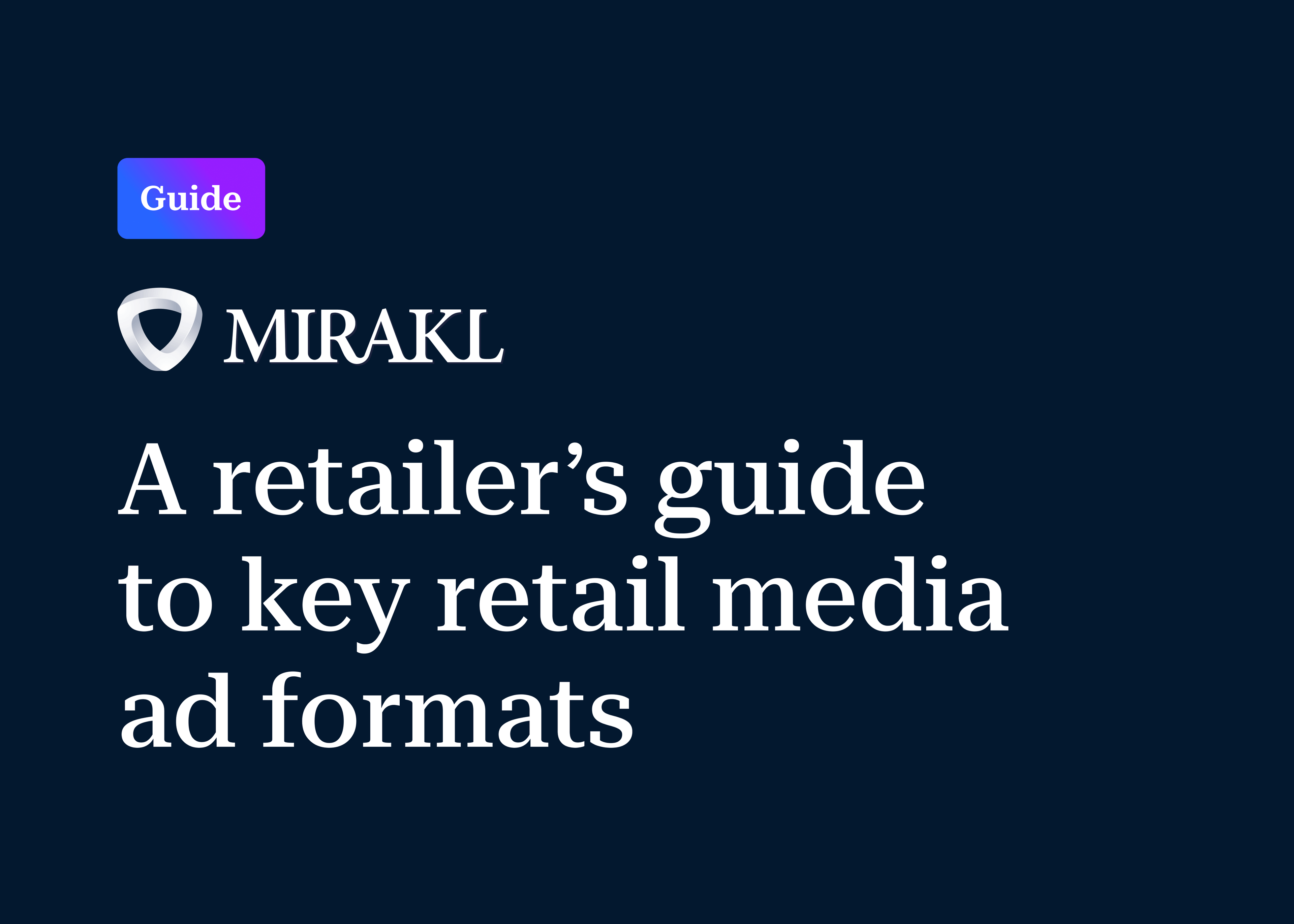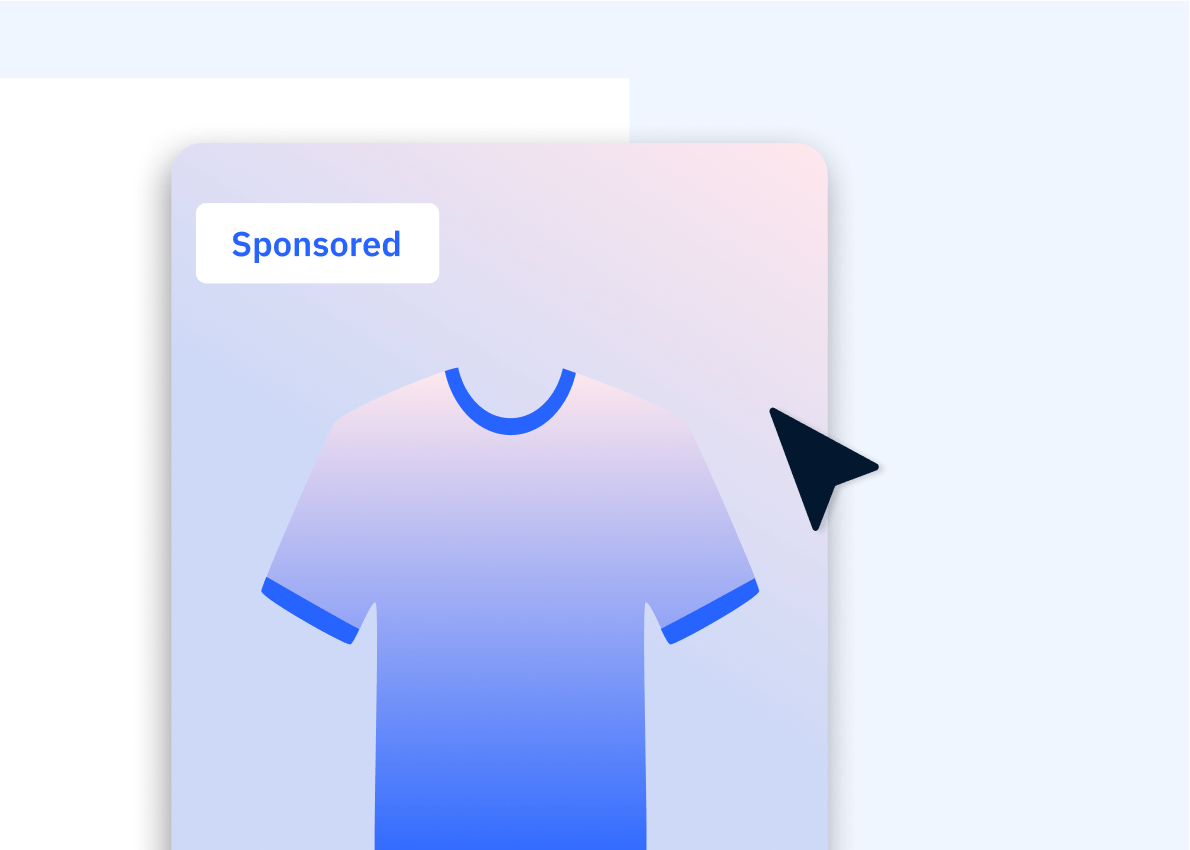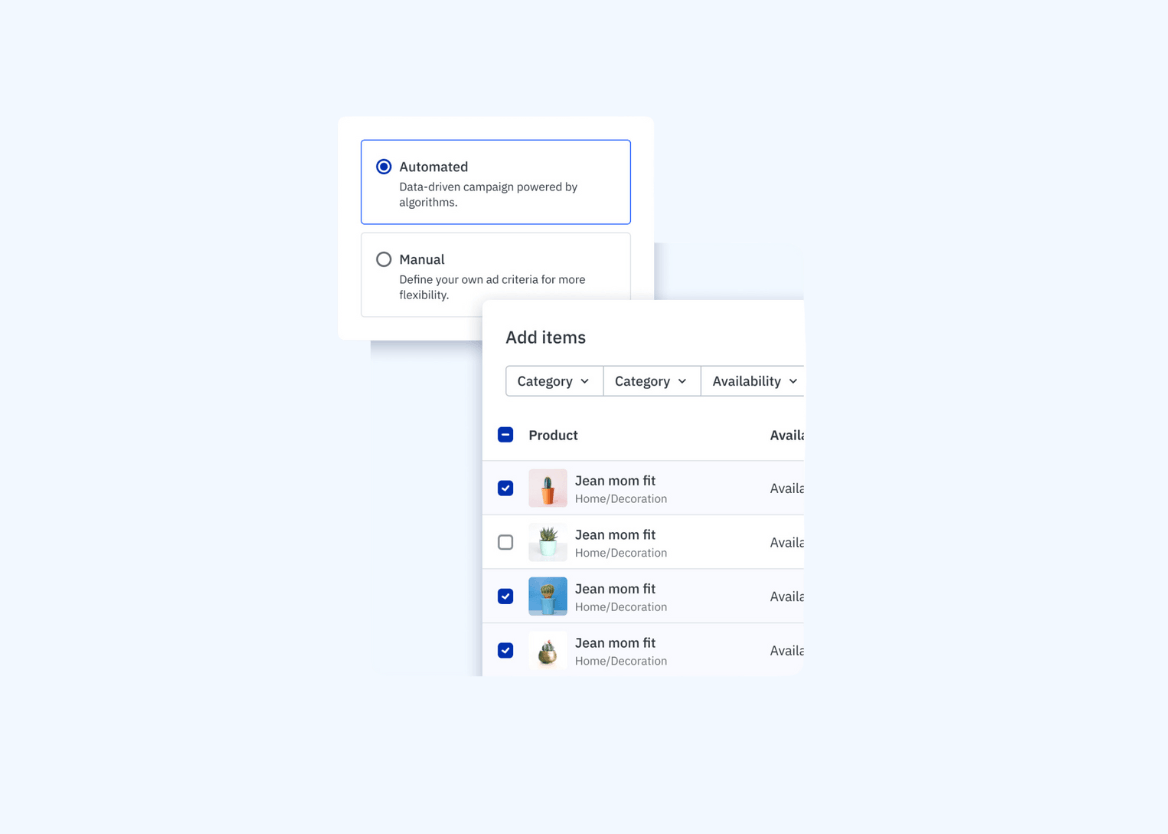Learning from the holding company headlines: Why you shouldn’t wait to sunset your outdated retail media solution

Anyone reading the trade magazines this week might not have expected to see holding company drama ahead of Cannes, but our frantic packing was interrupted by one major media buyer criticizing another’s legacy technology.
It’s a new storyline and yet, the issue at play is as old as the tech that’s being excoriated. The frustration is real.
For years, legacy retail media solutions built or acquired by media companies held the line for basic sponsored campaigns, offering a simple way to serve ads in eCommerce environments. But the market has evolved dramatically, with marketplace monetization offering a $100B+ opportunity. Tapping into that scale requires technology built for speed, relevance and real-time optimization. If you’re still relying on an outdated solution, it might be time to rethink that strategy.
Why legacy solutions fall short
The landscape has changed, but older retail media platforms haven’t kept up. Here’s why:
Limited scalability: Legacy systems were designed for a small number of tier-one brands and agency partners. Today’s retail media environment is far more complex, with thousands of third-party sellers, first-party brands of all sizes and millions of SKUs. Modern platforms need to support large-scale campaigns with automated tools while still offering tailored controls for strategic advertisers.
Slow innovation: If your retail media solution takes a year or more to launch a new feature, it’s a sign of stalled investment or deep technical debt. In contrast, modern platforms continuously optimize through AI-driven relevance, real-time data flows and ongoing algorithm testing. Legacy tech simply can’t move fast enough.
Manual processes: Outdated platforms rely heavily on manual keyword mapping and category adjustments, slowing down campaign launches. Sellers are forced to map their products to predefined categories without dynamic matching or intelligent search capabilities.
Poor relevance engines: Outdated solutions don’t have sophisticated relevance engines and instead focus on maximizing CPC. However, high CPC only drives revenue when the ads are relevant and generates clicks. Modern solutions have engines that balance ad relevance with CPC, improving customer experience and driving revenue for retailers.
As Clément Cosso, Product Director at Mirakl Ads, noted during our recent webinar, “At Cdiscount, we decided to replace our adtech with our own solution. At the time, there was no alternative — it was either the technology of the day or homemade.”
Thankfully, the landscape has changed, and retailers can now have the best of both worlds: an outsourced tech partner that provides cutting-edge, self-service solutions to maximize retail media revenue.
What modern retail media platforms deliver
Modern retail media platforms like Mirakl go far beyond basic sponsored listings. They are purpose-built for marketplaces, with features that legacy platforms can’t replicate:
Self-serve onboarding: With Mirakl Ads activated on Mirakl marketplaces, sellers can start running campaigns on day one using their existing Mirakl credentials. There’s no pre-payment required; advertising budgets are automatically deducted from the seller’s balance, making it seamless to get started.
Seamless integration: Mirakl marketplace campaigns are linked directly with seller accounts, complete with notification systems that sync across both Mirakl Marketplace and Mirakl Ads. Sellers don’t need to learn a new interface; they simply expand what they’re already doing.
AI-powered targeting: Advanced algorithms ensure the right products are served at the right time to the right shopper, keeping campaigns relevant and optimized as market conditions change. Unlike legacy solutions — which are often slow to react — Mirakl Ads continuously updates targeting and CPC bids in the moment, ensuring better performance without manual intervention.
Retailer control: Retailers are in control over their yield management. They can edit all floor prices by category in real time and create and manage their ad placement without IT intervention, resulting in full flexibility to test, learn and adapt to advertiser’s need and seasonality.
Second-price auction logic: Unlike first-price auctions that often inflate costs, second-price auctions allow advertisers to pay just one cent above the next highest bid, driving higher participation and stronger ROAS for sellers. This proven method increases cost-efficiency for advertisers, making advertisers more daring with their CPC and, in turn, increasing retailers' revenues.
The Rakuten example: Why it matters
When Rakuten transitioned to Mirakl Ads, they conducted a head-to-head test with their legacy ad server. The results were clear: Mirakl Ads outperformed on fill rates, CTR, and overall revenue, week after week. This led Rakuten to fully switch to Mirakl Ads to capitalize on better relevance, improved budget efficiency and a seamless user experience.
The transition delivered massive gains, including:
60% increase in ad inventory fill rates
83% higher ad response rates
53% stronger monetization performance
These gains came without adding new sellers or SKUs — just better product matching, always-on campaigns and broader access to the advertising platform.
The path forward: Sunset your outdated solution
Retail media has evolved, and so should your tech stack. If you’re still relying on legacy solutions, it’s time to rethink your strategy.
Modern platforms like Mirakl Ads are purpose-built for marketplace growth, offering self-serve onboarding, real-time data and seamless integration for sellers.
Stop patching up legacy tech and start building a marketplace media network that’s developed for the future.
Learn how Mirakl Ads can replace your legacy platform and help you scale by contacting us today.



